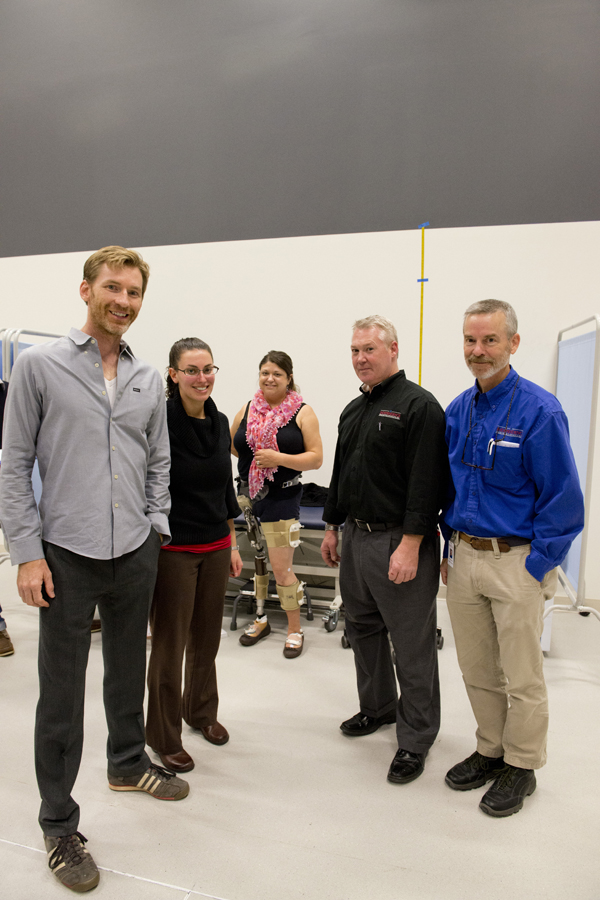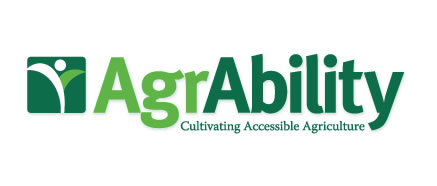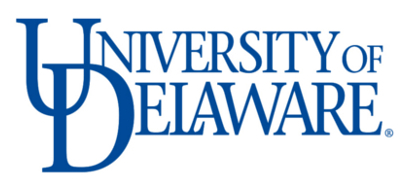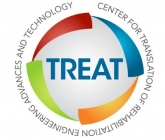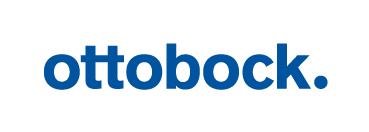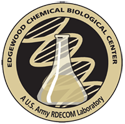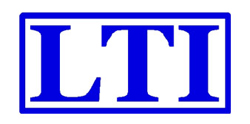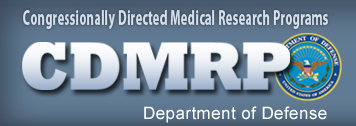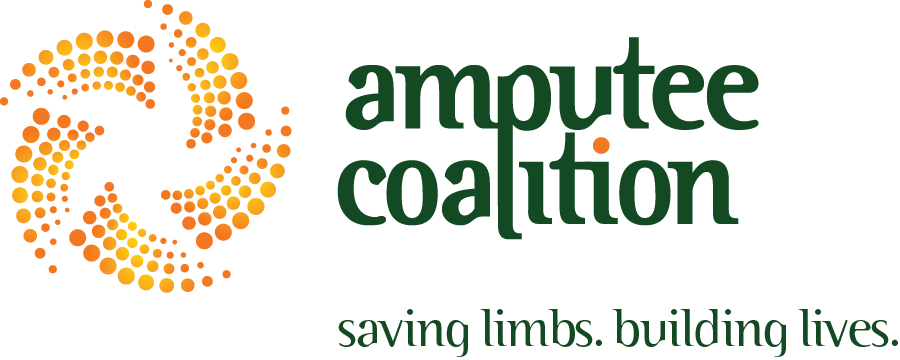Partnerships
The Bridging Advanced Developments for Exceptional Rehabilitation (BADER) Consortium took a scientific approach to building the Consortium. It asked, what are all the components for a successful consortium? A key component was partnerships.
Bridging Advanced Developments for Exceptional Rehabilitation (BADER) Consortium’s three forms of promoting partnership were very deliberate.
- BADER assembled a group of highly skilled and talented individuals thus creating an environment that made it acceptable for a BADER affiliated scientist to request support. The experienced collaborators helped to articulate research questions and formulate projects in their early stages of development.
- BADER intentionally selected individuals with expertise in very specific areas recognized as central to the research projects such as biomechanics, biostatistics, and measuring patient outcomes. It encouraged these experts to openly communicate with the scientists during the design and implementation of their research projects.
- BADER supported the travel of experts and senior scientists to the partner sites and scientific meetings to facilitate people literally coming together in teams. It created an atmosphere in which scientists preparing their funding applications felt it was fine and actually desired to approach it from a team research perspective
BADER’s partnerships extended to 7 military treatment facilities; 12 Veterans Affairs facilities; 10 clinical sites, 101 professional affiliates, 39 expert advisors; the National Institutes of Health; and 13 industry and research-advancement affiliate entities.
Industrial and government agency collaborators played a key role in Consortium research activities by establishing exceptional research infrastructures and providing opportunities to investigate the clinical impacts of advanced patient care technologies.
The BADER Consortium deliberately made it easy for scientists to build meaningful partnerships. For example, a scientist could pass their statistics to someone who could analyze the data, or a person from C-Motion Incorporated could visit a site for a week to troubleshoot and repair hardware or software issues. These and other partnership efficiencies enhanced efforts and made the full range of research activities possible. The logos below represent the consortium’s founding partners.
Military treatment facilities (MTFs)
Walter Reed National Military Medical Center, San Antonio Military Medical Center, Center for the Intrepid, Naval Medical Center Portsmouth, Naval Medical Center San Diego.
VA Centers
Eastern Colorado VA, Providence VA Medical Center, Tampa VA Medical Center
Academic Centers
University of Delaware, Mayo Clinic, Harvard University, University of Texas Austin, University of Colorado Boulder, Christiana Care Health Services, University of Michigan, New York University, University of Iowa
Clinics
Independence Prosthetics and Orthotics, Newark DE, Performance Therapies PC, Iowa City IA, Marine Corps Air Station, Miramar, San Diego CA, Comprehensive and Complex Casualty Care (C5), San Diego CA .
Extremity Amputee Centers of Excellence (EACE)
In 2015, the Defense Health Board (DHB) described the BADER Consortium as “central to the EACE Amputee Research Centers’ research capabilities and current efforts.” The report also stated the BADER Consortium “significantly enhanced and facilitated” the research capabilities of the centers.

